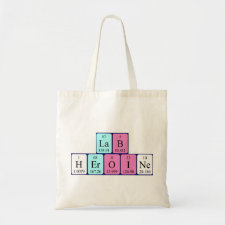
Authors: Lauceri R, D'urso A, Mammana A, Purrello R
Article Title: Chiral memory: Induction, amplification, and switching in porphyrin assemblies.
Publication date: 2008
Journal: Chirality
Volume: 20
Issue: (3-4)
Page numbers: 411-419.
DOI: 10.1002/chir.20464
Abstract: The interaction between the tetra-anionic porphyrin H2TPPS and its copper derivative, CuTPPS, with the tetra-cationic porphyrin H2T4 and its copper derivative, CuT4, leads, in aqueous solution, to the formation of remarkably stable and kinetically inert heteroaggregates. The aggregation process is under hierarchic control and, in the presence of a suitable chiral mold, leads to the formation of chiral porphyrin heteroassemblies as stable and inert as the achiral ones. Because of these properties, the chirality of the porphyrin ?imprinted? heteroaggregates not only survives the disruption of the template, but also to its complete removal from the solution. Notably, the template-free chiral porphyrin system is an excellent mold for its own self-replication. The relevant characteristics of these chiral heteroaggregates together with the knowledge of the forces that guide the aggregation processes permitted us to design a new but similar system. This system not only is able to store chiral information, but also is capable to release and restore it reversibly, in a cyclic manner. This has been achieved by modulating the charges carried by one of the two coupled porphyrins through protonation under various pH conditions. The role of the central metal ion and the template-free chiral structure of the CuT4-H2TPPS heteroaggregate, determined through EDXD analysis, are also presented. Chirality, 2008. © 2007 Wiley-Liss, Inc
Author keywords: supramolecular chiral information transfer, porphyrin heteroaggregates, circular dichroism, modulation



Join the Society for Molecular Imprinting

New items RSS feed
Sign-up for e-mail updates:
Choose between receiving an occasional newsletter or more frequent e-mail alerts.
Click here to go to the sign-up page.
Is your name elemental or peptidic? Enter your name and find out by clicking either of the buttons below!
Other products you may like:
 MIPdatabase
MIPdatabase









